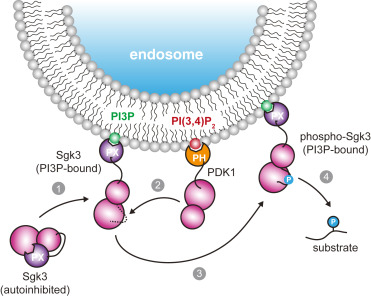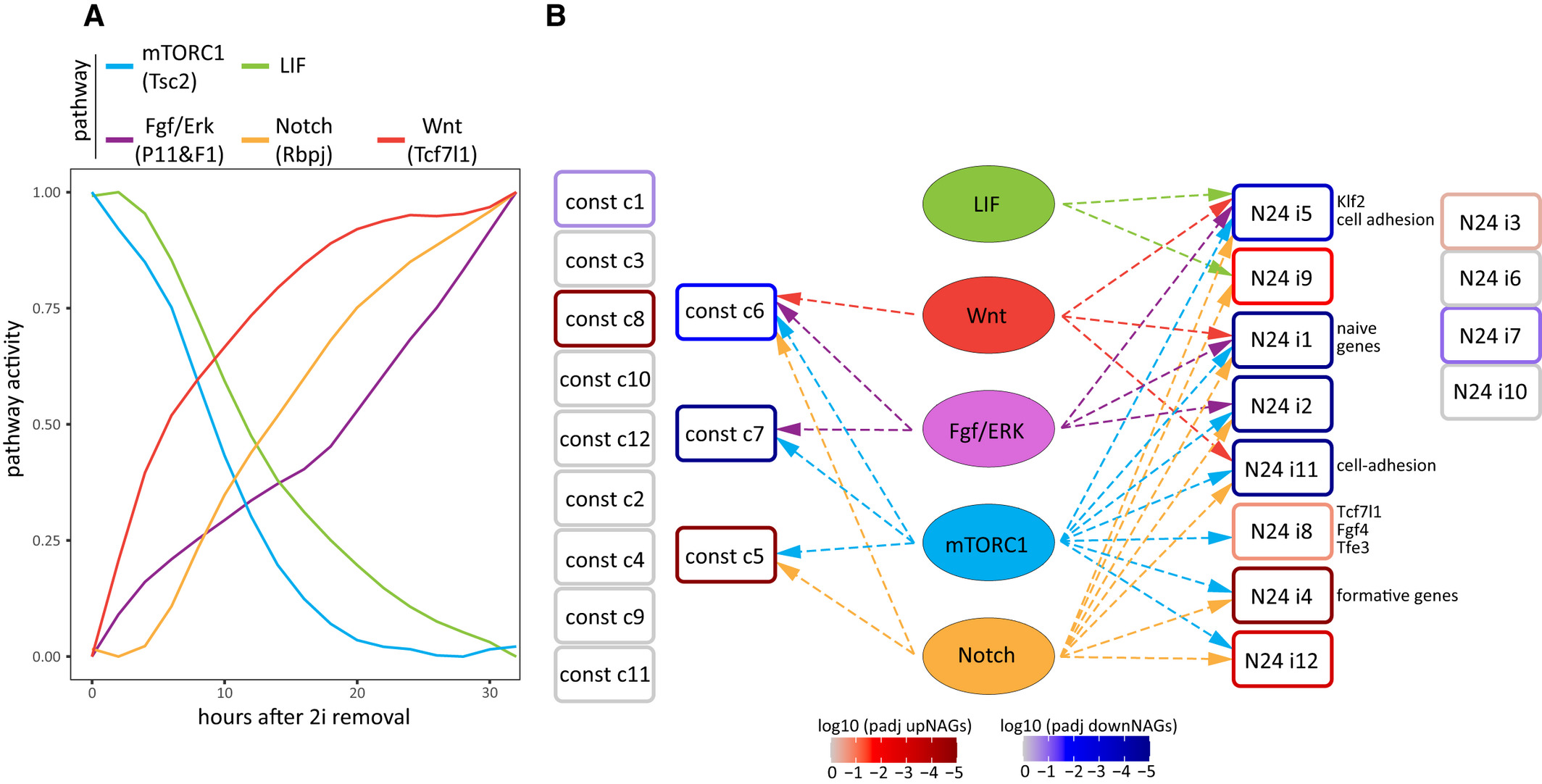The conserved family of RNA-binding proteins (RBPs), IGF2BPs, plays an essential role in posttranscriptional regulation controlling mRNA stability, localization, and translation. Mammalian cells express three isoforms of IGF2BPs: IGF2BP1-3. IGF2BP3 is highly overexpressed in cancer cells, and its expression correlates with a poor prognosis in various tumors. Therefore, revealing its target RNAs with high specificity in healthy tissues and in cancer cells is of crucial importance. Photoactivatable-ribonucleoside-enhanced crosslinking and immunoprecipitation (PAR-CLIP) identifies the binding sites of RBPs on their target RNAs at nucleotide resolution in a transcriptome-wide manner. Here, we optimized the PAR-CLIP protocol to study RNA targets of endogenous IGF2BP3 in a human colorectal carcinoma cell line. To this end, we first established an immunoprecipitation protocol to obtain highly pure endogenous IGF2BP3-RNA complexes. Second, we modified the protocol to use highly sensitive infrared (IR) fluorescent dyes instead of radioactive probes to visualize IGF2BP3-crosslinked RNAs. We named the modified method “IR-PAR-CLIP.” Third, we compared RNase cleavage conditions and found that sequence preferences of the RNases impact the number of the identified IGF2BP3 targets and introduce a systematic bias in the identified RNA motifs. Fourth, we adapted the single adapter circular ligation approach to increase the efficiency in library preparation. The optimized IR-PAR-CLIP protocol revealed novel RNA targets of IGF2BP3 in a human colorectal carcinoma cell line. We anticipate that our IR-PAR-CLIP approach provides a framework for studies of other RBPs.
J Biol Chem 297(2) 100919
D. Pokorny, L. Truebestein, K. D. Fleming, J. E. Burke, and T. A. Leonard
J Biol Chem 297(2) 100919
D. Pokorny, L. Truebestein, K. D. Fleming, J. E. Burke, and T. A. Leonard




